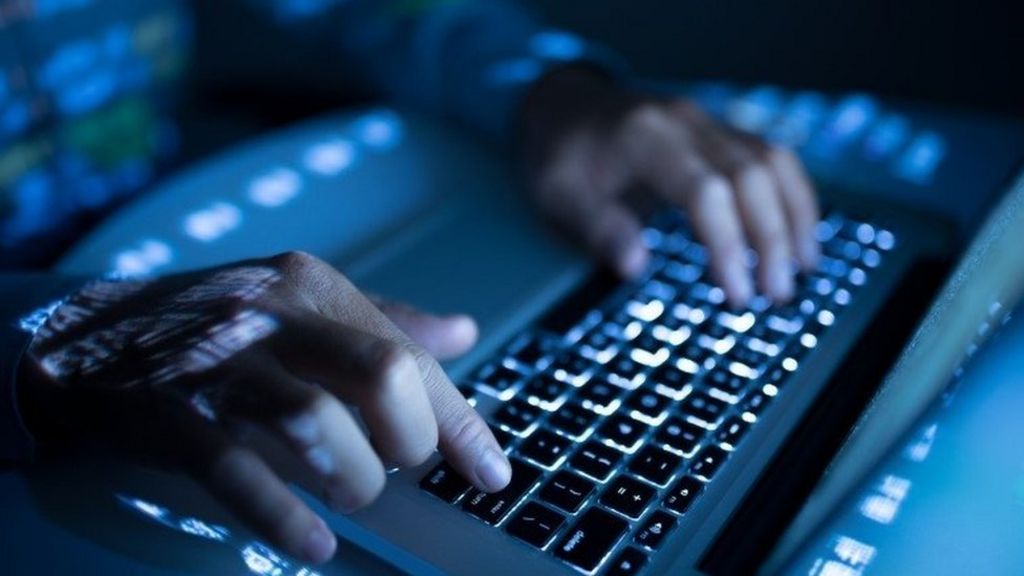Computer and Internet Usage Policy
Power-line Internet, also referred to as Broadband over energy traces (BPL), carries Internet information on a conductor that can be used for electric power transmission. Because of the extensive energy line infrastructure already in place, this know-how can provide people in rural and low inhabitants areas access to the Internet with little price when it comes to new transmission equipment, cables, or wires. Data rates are asymmetric and generally vary from 256 kbit/s to 2.7 Mbit/s. Very-high-bit-price digital subscriber line (VDSL or VHDSL, ITU G.993.1) is a digital subscriber line (DSL) commonplace permitted in 2001 that provides information charges as much as 52 Mbit/s downstream and 16 Mbit/s upstream over copper wires and up to 85 Mbit/s down- and upstream on coaxial cable. VDSL is able to supporting functions similar to high-definition television, as well as telephone services (voice over IP) and basic Internet access, over a single physical connection.
Although you may find new connections around the world, you may also end up disconnecting from these in your actual life. “Letter to FCC commissioners and U.S. Senate and Congressional leaders expressing sturdy opposition to proposals to classify broadband as a ‘Title II’ service from a wide range of technology corporations” Archived at the Wayback Machine, 10 December 2014. Certified Wireless Network Administrator Official Study Guide (Third ed.). With the rise in popularity of cloud computing, concern has grown over access to cloud-hosted data within the event of a natural catastrophe. Amazon Web Services (AWS) has been within the news …

